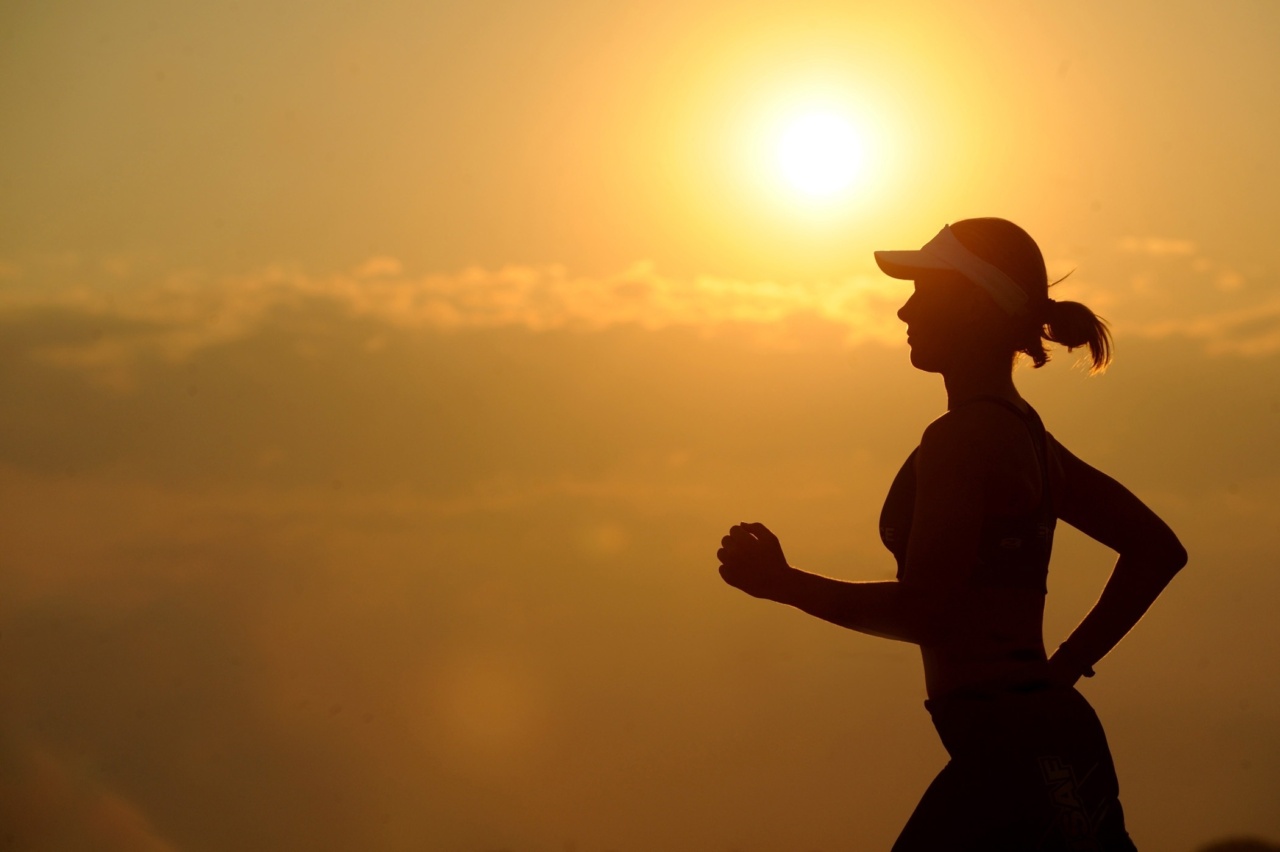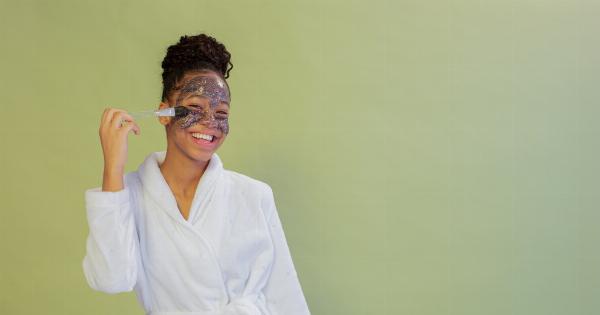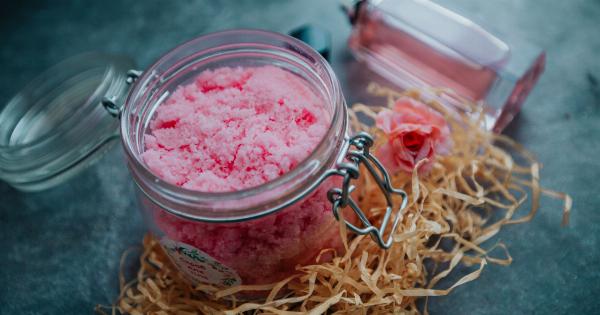Acne is a common skin condition that affects millions of people around the world. It is characterized by the appearance of pimples, blackheads, whiteheads, and blemishes on the face, chest, back, and shoulders.
Acne is caused by a combination of factors, including excess sebum production, bacterial infection, and inflammation of the hair follicles.
There are many myths and misconceptions about acne, including the idea that exercise can cause or worsen acne. In this article, we will look at the evidence behind this claim and explore the relationship between exercise and acne.
What Causes Acne?
Before we delve into the relationship between exercise and acne, let’s first understand what causes acne.
As mentioned earlier, acne is caused by a combination of factors, including excess sebum production, bacterial infection, and inflammation of the hair follicles. Let’s take a closer look at each of these factors:.
Excess Sebum Production
Sebum is an oily substance that is produced by the sebaceous glands in the skin. It helps to keep our skin moisturized and healthy. However, when there is an overproduction of sebum, it can clog the hair follicles and lead to the formation of acne.
Bacterial Infection
The hair follicles in our skin are home to many bacteria. When there is an overgrowth of bacteria, it can cause an infection in the hair follicles, leading to the formation of acne.
Inflammation
Acne is also associated with inflammation of the hair follicles. When the hair follicles become inflamed, they can become red, swollen, and painful, leading to the formation of acne.
The Evidence: Exercise and Acne
Now that we understand what causes acne, let’s look at the evidence behind the claim that exercise can cause or worsen acne.
There have been several studies on the relationship between exercise and acne, and the results have been somewhat mixed.
Some studies have suggested that exercise can help to reduce the risk of acne, while others have found that exercise can actually worsen acne.
The Benefits of Exercise for Acne
There are several reasons why exercise may be beneficial for acne:.
Reduced Stress
Exercise is a great way to reduce stress. Stress is a common trigger for acne, as it can lead to increased sebum production and inflammation in the skin. By reducing stress, exercise may help to reduce the risk of acne.
Improved Blood Circulation
Exercise also helps to improve blood circulation. This can help to deliver more oxygen and nutrients to the skin, which can help to promote healthy skin and reduce the risk of acne.
Increased Sweating
Exercise can also lead to increased sweating, which can help to unclog pores and remove excess sebum from the skin. This can help to reduce the risk of acne.
The Drawbacks of Exercise for Acne
While there are several reasons why exercise may be beneficial for acne, there are also some drawbacks to consider:.
Increase in Sebum Production
Intense exercise can lead to an increase in sebum production. This can clog pores and lead to the formation of acne. Additionally, sweating during exercise can also contribute to the formation of acne.
Friction
Exercise can also lead to friction, particularly in areas where clothing or equipment rubs against the skin. This can irritate the skin and lead to the formation of acne.
Conclusion
So, does exercise cause acne? The answer is not a simple yes or no.
While exercise can have both positive and negative effects on acne, the overall impact will depend on several factors, including the intensity and duration of exercise, the type of exercise, and the individual’s skin type.
However, it is important to remember that regular exercise is important for overall health and well-being. If you are concerned about the impact of exercise on your acne, speak to a dermatologist or healthcare provider for advice.






























